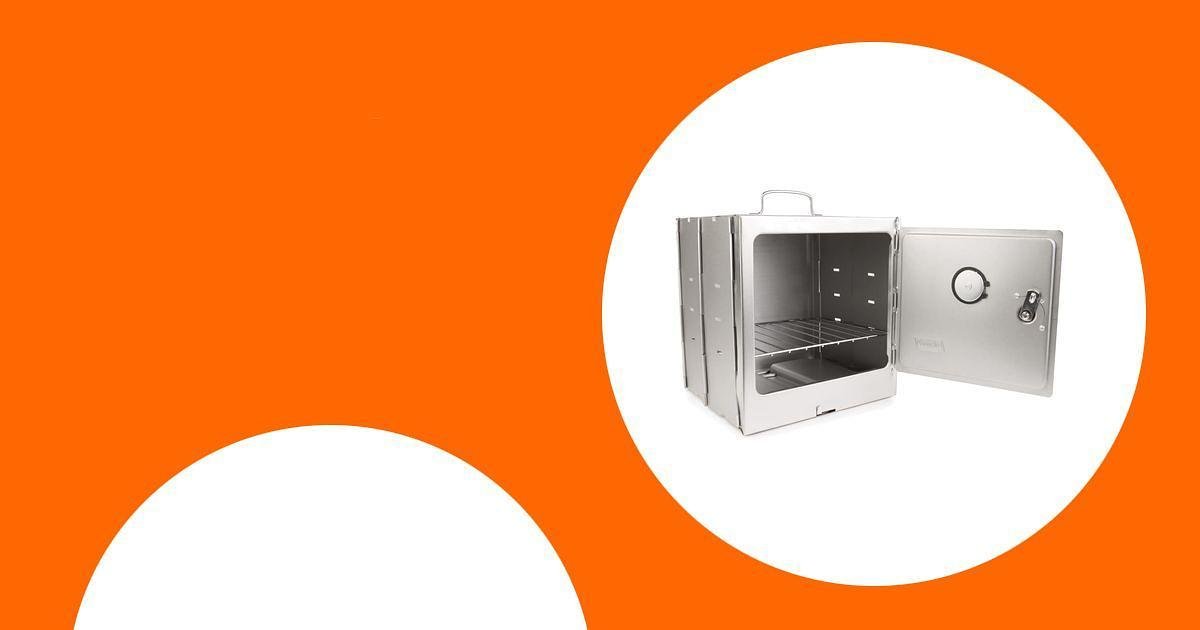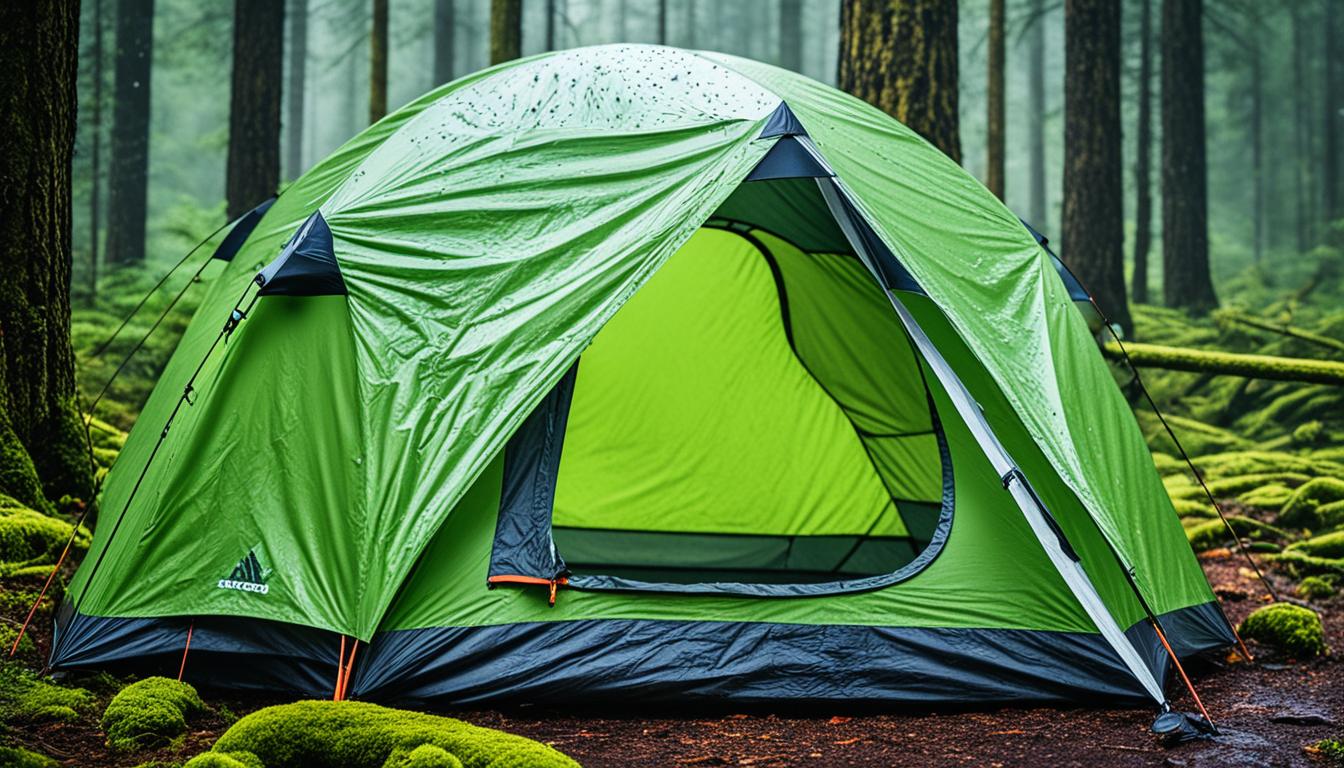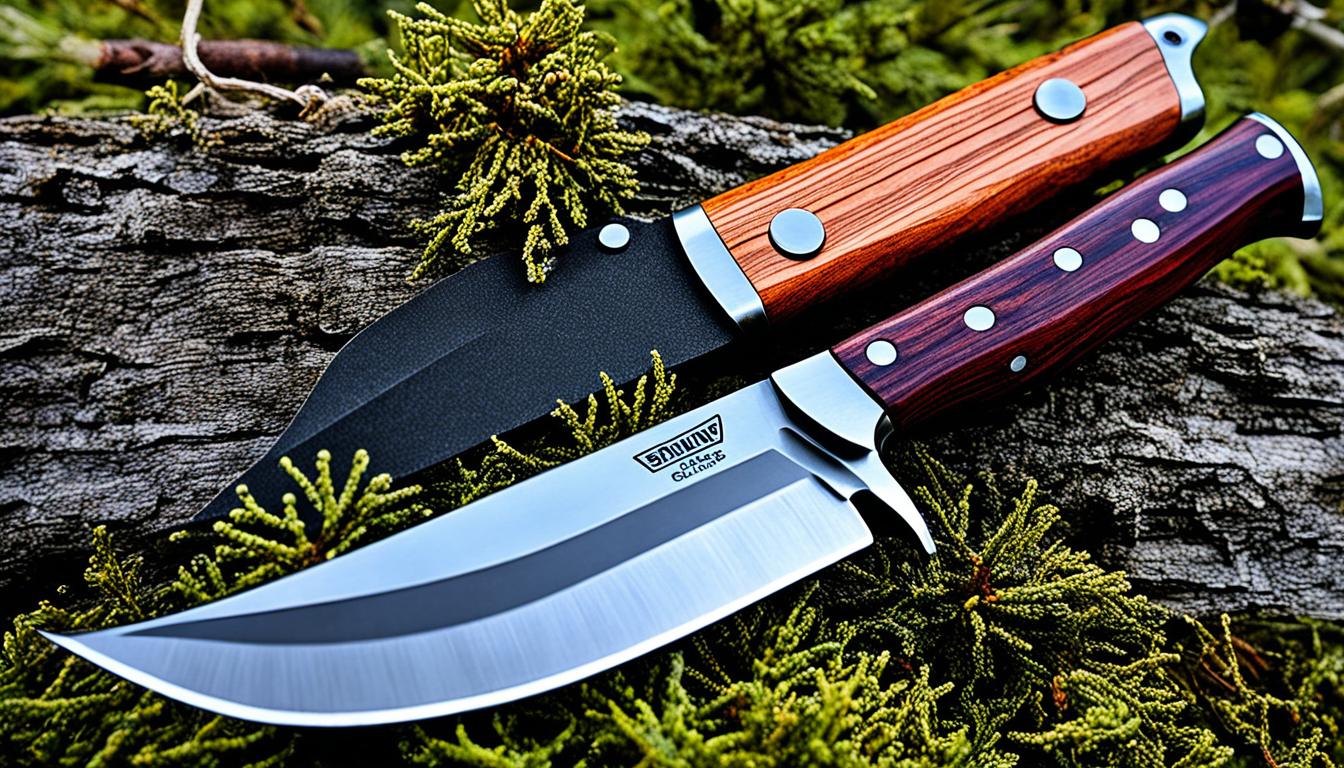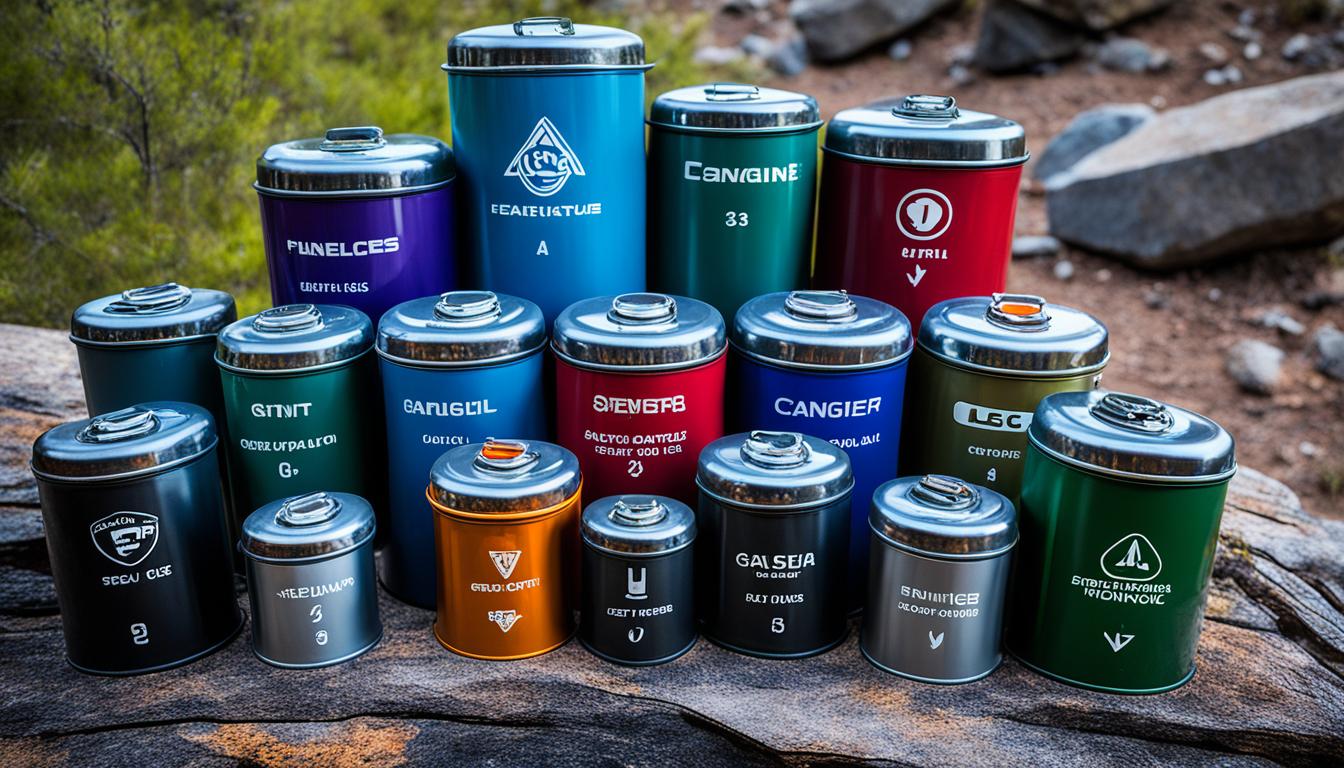
As an outdoor lover, I’ve learned to love the ease of camping gas canisters. They’re perfect for any outdoor activity. Whether backpacking, camping by car, or cooking by a fire, it’s key to know how to use gas canisters well. I’ll share tips to safely and smoothly use these during your trips.
Camping gas canisters are top picks for outdoor cooking and warmth. They offer a convenient and dependable fuel mix of propane and butane. You can power stoves, lanterns, and more outdoor gear with them. Learning to use these well means enjoying tasty meals and keeping cozy outdoors.
I’ll guide you through picking the right canister, safe handling, storage, saving gas, and ways to fix common problems. This info is helpful for both new and skilled campers. It’ll give you the skills and confidence to use gas canisters on your adventures.
Choosing the Right Camping Gas Canister
Selecting the right gas canister is crucial for a successful camping trip. Several key factors should be considered. These include the canister’s size, fuel type, and the most popular brands.
Factors to Consider for Gas Canister Selection
The size of your gas canister impacts how long your fuel will last. Sizes vary from 4 to 16 ounces. Bigger canisters need refueling less often. Fuel type, like propane, butane, or isobutane, matters for performance.
Propane works best in cold weather. Butane and isobutane are better in the warmth. Think about your camping climate to choose wisely.
Popular Gas Canister Brands and Types
Some top brands in camping gas include Coleman, Jetboil, Primus, and MSR. Coleman has a variety of sizes and fuel types. Jetboil specializes in efficient systems using isobutane. Primus offers butane, isobutane, and mixes. MSR focuses on backpacking with light, strong canisters.
Being aware of these elements makes choosing the best gas canister easier. This knowledge helps you prepare for any outdoor activity.
Safely Handling and Storing Gas Canisters
It’s crucial to handle and store gas canisters safely for campers to enjoy their adventures without worry. I’ll share tips for carrying, storing, and using these canisters without the fear of accidents. These steps are key to a fun and safe camping trip.
To store gas canisters right, keep them in a cool, dry spot, away from sunlight and heat. Don’t put them in your home, garage, or car since too much warmth can lead to hazards. Use a shed or storage outside to keep them safe and cool.
When moving them, make sure they stand upright and don’t roll around in your vehicle. Gas canisters should never ride inside with you or on their sides. Also, don’t ever leave them in a parked car as the heat inside can be dangerous.
- Always handle gas canisters with care, avoiding dropping or throwing them.
- Inspect the canisters for any signs of damage, such as dents, cracks, or rust, before use.
- Keep gas canisters away from open flames, heat sources, and ignition sources at all times.
- Ensure proper ventilation when using gas canisters indoors or in enclosed spaces.
- Follow the manufacturer’s instructions for safe handling and disposal of gas canisters.
By making camping safety a top priority and practicing the right gas canister storage and handling, you can cut down on the risk of fire hazards. This way, you can have a secure and fun time camping.
Connecting the Gas Canister to Your Camping Stove
Connecting the gas canister to your camping stove properly is key for safe cooking outdoors. This step is essential for a successful outdoor trip. You need to make sure it’s well connected so you can enjoy your cooking without any worries.
Step-by-Step Guide to Attaching the Canister
- Find the gas canister attachment on your stove. It might be threaded or a different type.
- Make sure the stove’s connection is clean and clear of dirt. If it’s dirty, wipe it clean with a cloth first.
- Take off the canister’s protective cap, if there is one. But be careful not to lose this cap; it keeps the canister safe.
- Position the canister at the stove’s attachment point. Then, twist it on firmly by turning it to the right.
- If your stove uses a quick-release, push the canister in and lock it as the manual says.
- After putting on the canister, check for any gas leaks. Listen and feel if there’s gas coming out. If you find a leak, remove the canister and attach it again.
These guidelines help you connect the gas canister correctly. This makes cooking outdoors safe and enjoyable. Always be careful with gas canisters and stick to the stove’s manual.
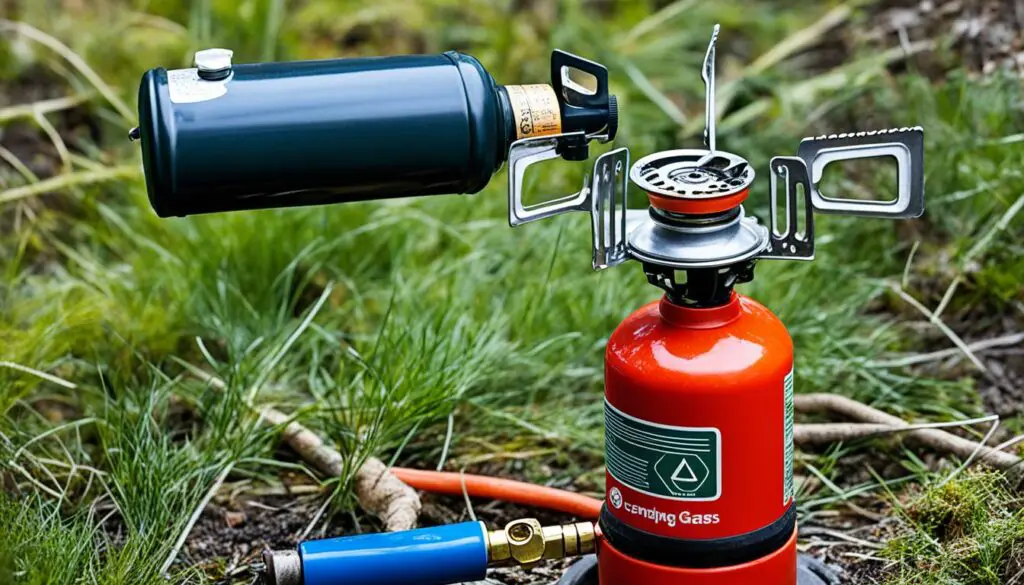
How to Use Camping Gas Canisters
Learning to use camping gas canisters is key for easy outdoor cooking. It can help whether you’re making a big meal or just boiling water. Knowing the right steps can really improve your camping experience.
This guide will show you how to use your gas canisters well. You’ll learn tricks like controlling gas flow and using fuel better.
Controlling the Gas Flow
Getting the hang of gas canisters means knowing how to change the gas flow. This lets you set the right heat for your cooking needs. Here’s a simple way to make it work:
- Find the knob on your stove, it’s usually by where the canister connects.
- Turn the knob to the right to make the flame bigger and the stove hotter.
- Turn the knob to the left to make the flame smaller and the stove cooler.
- Try different settings to cook your food just right.
Maximizing Fuel Efficiency
Using your gas wisely is important to make it last longer. To save gas and keep your canisters going, follow these smart steps:
- Use a wind shield: A wind shield stops wind from making your stove colder. This way, you use less gas.
- Cook with the lid on: Covering your cookware keeps heat in, which can save gas.
- Plan your meals: Think ahead about what to cook. This helps avoid wasting fuel on food you won’t eat.
By getting good at handling gas flow and being smart with fuel, your camping meals will be a hit. Happy cooking and camping!
| Fuel Efficiency Tips | Benefits |
|---|---|
| Use a wind shield | Protects stove from gusts, preventing heat loss |
| Cook with the lid on | Retains heat, reducing gas consumption |
| Plan your meals | Prevents unnecessary fuel usage |
Tips for Efficient Gas Usage on Camping Trips
To make your camping gas last longer, use smart meal planning and cooking methods. These help save gas and make your outdoor cooking better for the environment.
Meal Planning and Cooking Techniques
Good meal planning is vital for using gas well on camping trips. Plan your meals and snacks ahead. Think about how many people you’re feeding and how long it takes to cook each meal.
- Pick meals that cook quickly and use less gas.
- Choose foods that don’t need much cooking, like sandwiches or salads.
- Cook meals in big batches to use your gas canisters wisely.
How you cook also affects your gas usage. Here are some tips to save gas:
- Insulate your cooking area: A windscreen or something reflective stops heat from escaping. This makes your stove work better.
- Minimize boiling time: Boil only as much water as you need. This saves gas.
- Adjust the flame: Play with the flame to cook well without using too much gas.
- Use the residual heat: Turn off the stove before food is done. The leftover heat will finish cooking.
Using these strategies will stretch your gas further. This means a greener and more fun time cooking outdoors.
Troubleshooting Common Issues with Gas Canisters
Sometimes, even with good care, you might find issues with your gas canisters when camping. Problems like leaks or canister malfunctions are not uncommon. But, I’ll help you spot and fix these issues, getting you right back to enjoying the great outdoors.
Identifying and Resolving Leaks
Leaking gas canisters are a major concern. This can happen due to a damaged valve, a loose part, or a bad canister. You should look, listen, and feel for any hissing gas. Also, check all points of connection for damage or being too loose.
- If you think there’s a leak, first make sure the connection between the canister and stove is tight. A loose connection often causes leaks.
- But if the leak doesn’t stop, look closely at the canister’s valve and the stove’s connection. If you see any cracks or damage, switch out either the canister or the stove’s connection.
- If you face a big leak, with gas escaping fast, immediately disconnect the canister from the stove and move it to a well-ventilated area. Stay away from flame sources and get help from the manufacturer or a skilled technician.
Spotting and fixing leaks fast can keep you safe and your equipment working well during your trip.
Dealing with other issues like malfunctions or not fitting right could need similar steps. Always check what the maker says and follow safety rules for using your gas canisters safely.
Conclusion
This guide has shared key tips on using camping gas canisters safely and well. I hope this info helps you have great cooking experiences while camping, hiking, or backpacking. By following the advice here, you’ll cook without worries.
You’ve learned about picking the right camping gas canister and setting it up. I’ve covered the important points and tips for all campers, whether experienced or new. You can now cook outdoors confidently, thanks to this guide.
When you go on your next camping adventure, keep these tips in mind. You’ll be able to cook great meals and manage your camp safely. Enjoy your trip and your meals, applied with what you’ve learned here. Happy cooking!
FAQ
What are the key factors to consider when choosing a camping gas canister?
When picking a camping gas canister, look at size, fuel type, and the brand. Know these to pick the right canister for cooking outside.
How do I safely handle and store my camping gas canisters?
It’s very important to handle and store gas canisters safely. Carry them upright and fix them well when moving. Store them in a cool, dry spot without heat or fire. Don’t let the canisters get hit or scratched.
What is the step-by-step process for connecting a gas canister to my camping stove?
First, make sure your stove’s control valve is off before you connect the canister. Twist the canister onto the stove gently, avoiding any cross-threading or too much tightening. After it’s on, check for leaks by turning on the gas slightly and listening or feeling for any escaping gas. Then, light the stove.
How can I maximize the efficiency and lifespan of my camping gas canisters?
For longer use of your camping gas, plan meals that use fuel wisely. Cook in ways that use less gas, like simmering and heating the stove first. Also, keep your canisters safe to stop any leaks or loss of gas.
What are some common issues that may arise with camping gas canisters, and how can I troubleshoot them?
Leaking gas, stoves not working, and hard-to-light stoves are common issues. For a leak, try tightening the canister or get a new one. Check the stove parts for clogs or damage if it’s not working right. If it won’t light, make sure the valve is open and there’s enough gas.
- Discover the 4 Must-Have Camping Tent Accessories for Spring 2025 - March 19, 2025
- Why Camping Is Bad - November 29, 2024
- Best Camping Knife - November 29, 2024



